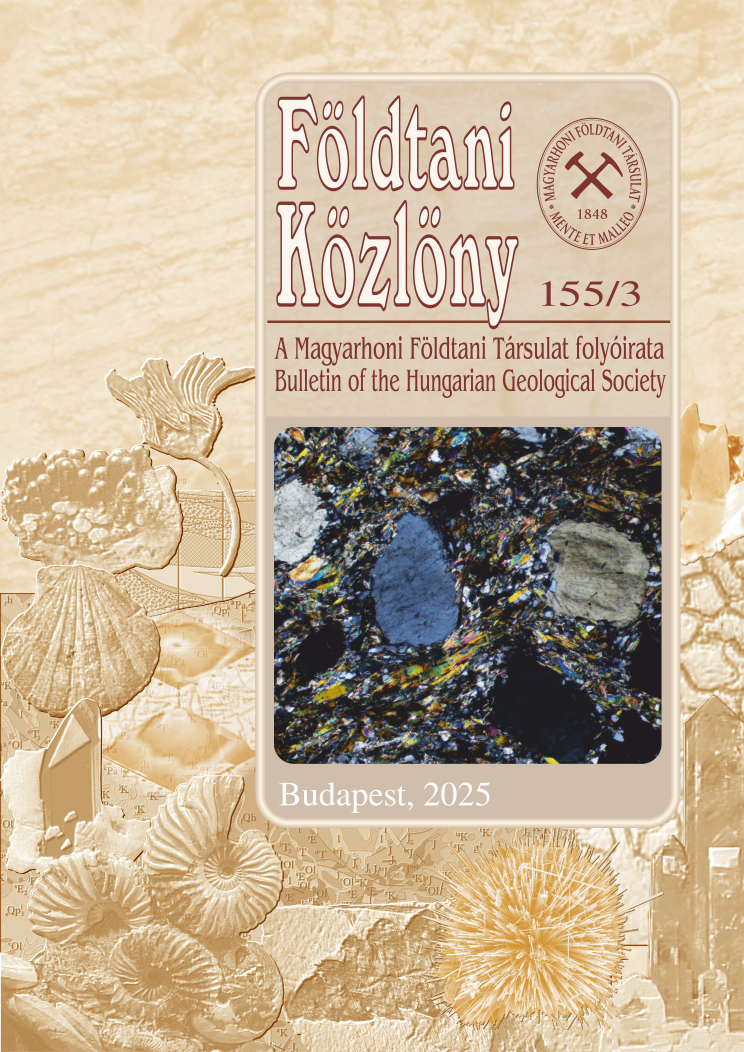Mid-Miocene coarse-clastic sequences in the Dráva Basin: petrography and provenance
Abstract
The goal of the thesis of the present study is to characterize the Mid-Miocene conglomerate/breccia of the Dráva Basin and to determine the source area of its dolomite, calcite and metamorphite clasts by using local borehole data (A–I, A–1, –2, –3, –4, –5, B–1). The local basin is a part of the Dráva Basin both in terms of geological and structural geological build-up; therefore it is made up of similar rocks. The stratigraphy evident from wells in the area indicates that the basement is made up of predominantly Palaeozoic metamorphic rocks and, subordinately, Triassic dolomite and limestone overlain unconformably by Miocene conglomerate/breccia. Syn-rift faults were responsible for the way in which the basin developed. In the post-rift phase, reverse faults came into being. The carbonate rock fragments can be placed in the Triassic, based on their textural attributes. The potential source area of dolomites is assumed to be in the south–south-west; this is proven by the roundness and variability in size of dolomite clasts in a N–NE direction. In this direction the size of the clasts is reduced while their roundness is increased. Further proof could also be that, with the exception of local boreholes, the carbonate rocks (mainly dolomites) appear only in C–2, B–1 and Tar M–1 boreholes. These carbonate rocks are known as bedrocks only in the Víz–4/b and F–1 boreholes; however, they probably appear in other parts of the area. Based on the size and roundness of dolomite and limestone clasts and the lack of dolomite and limestone pebbles in the N–NE part of the territory, the source area of the pebbles can be excluded as coming from this direction. The first type of metamorphite (consisting of Al-silicate) might have emerged from a NW direction on the basis of its textural characterization (i.e in the So–3 and perhaps Szta–2 boreholes). The nearby source area is underpinned and reinforced by the relatively angular appearance of the metamorphite. The determination of the source area of the second type of metamorphite is complicated; this is due to its well-rounded shape and the fact that it is exclusively composed of quartz, feldspar and mica.











